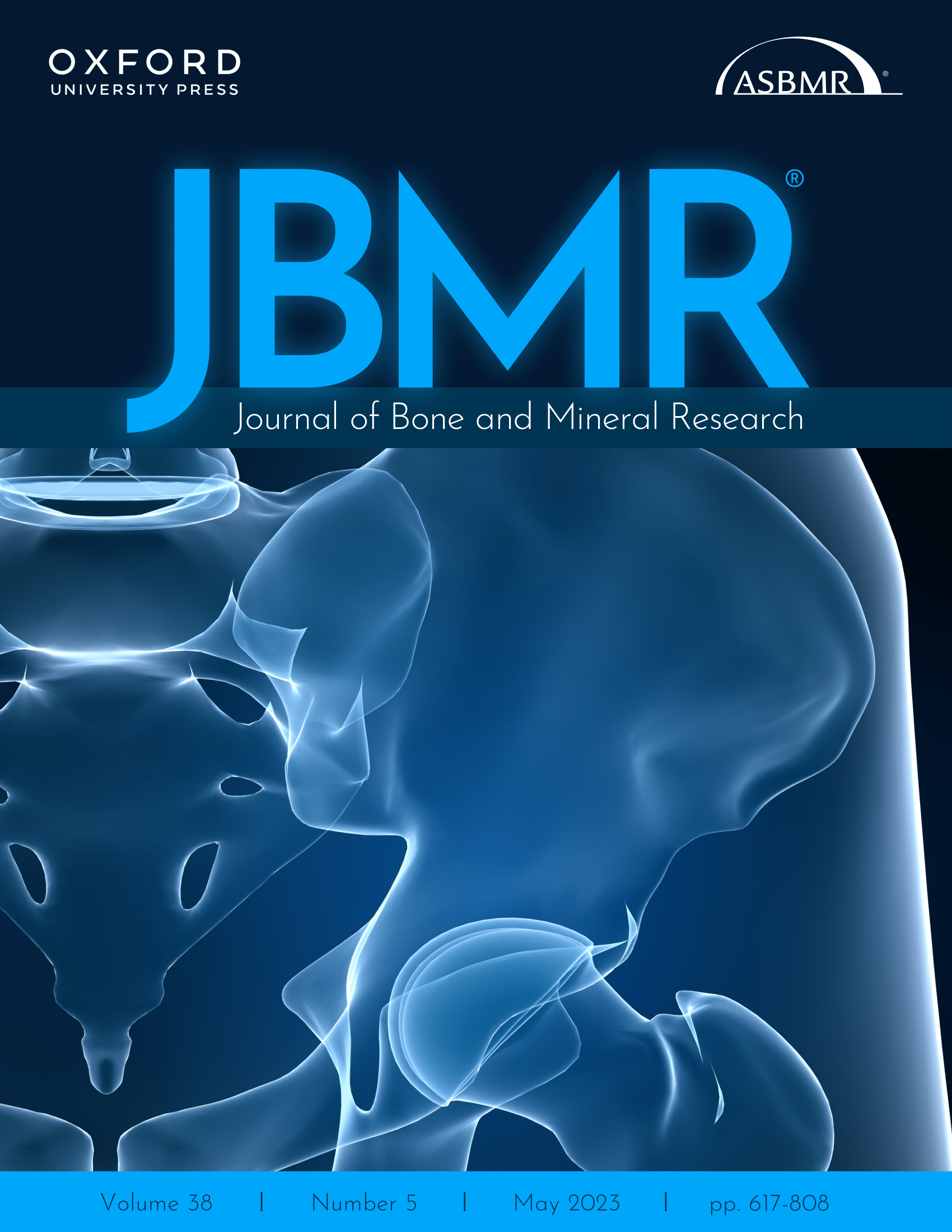
The effect of 3 versus 6 years of zoledronic acid treatment on femoral neck-BMD

The effect of 3 versus 6 years of zoledronic acid treatment on femoral neck-BMD
The effect of 3 versus 6 years of zoledronic acid treatment of osteoporosis: a randomized extension to the HORIZON-Pivotal Fracture Trial (PFT)
J Bone Miner Res. 2012 Feb;27(2):243-54. doi: 10.1002/jbmr.1494Did you know you're eligible to earn 0.5 CME credits for reading this report? Click Here
Synopsis
This study was conducted to examine the long-term effects of zoledronic acid (ZOL) on bone mineral density (BMD) and fracture risk. 1233 postmenopausal women who received ZOL for 3 years in the previous study were randomized and received either 3 additional years of zoledronic acid or placebo. Results at 6 years revealed that between years 3 and 6, femoral neck-BMD remained constant in patients wh...
To view the full content, login to your account,
or start your 30-day FREE Trial today.
FREE TRIAL
LOGIN
Forgot Password?
Explore some of our unlocked ACE Reports below!

Learn about our AI Driven
High Impact Search Feature
Our AI driven High Impact metric calculates the impact an article will have by considering both the publishing journal and the content of the article itself. Built using the latest advances in natural language processing, OE High Impact predicts an article’s future number of citations better than impact factor alone.
Continue



 LOGIN
LOGIN

Join the Conversation
Please Login or Join to leave comments.